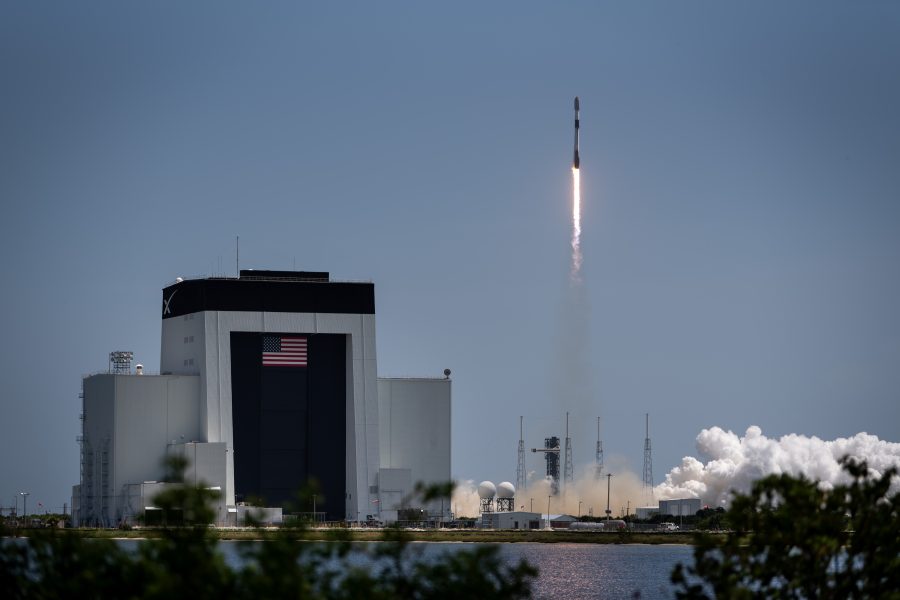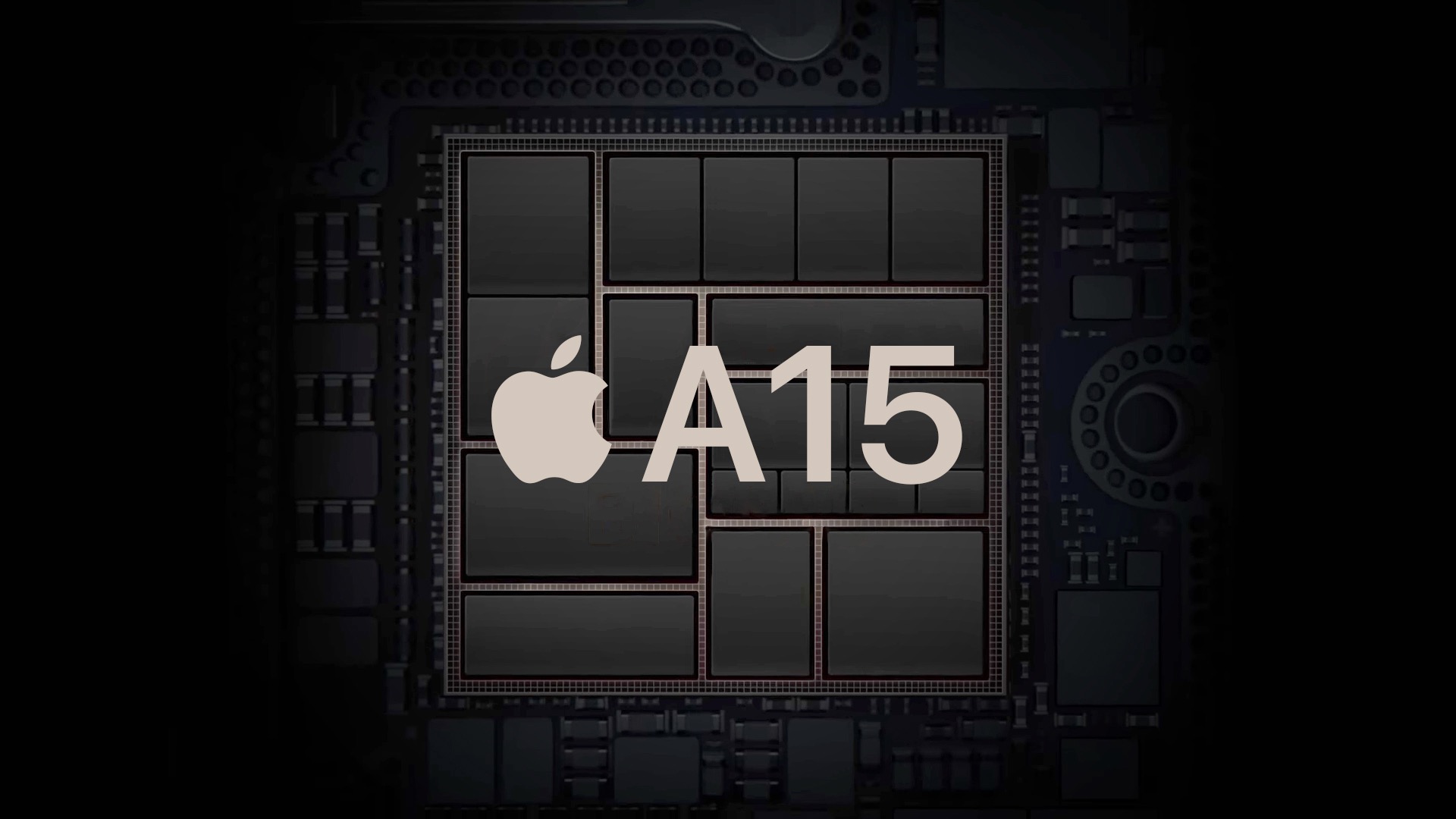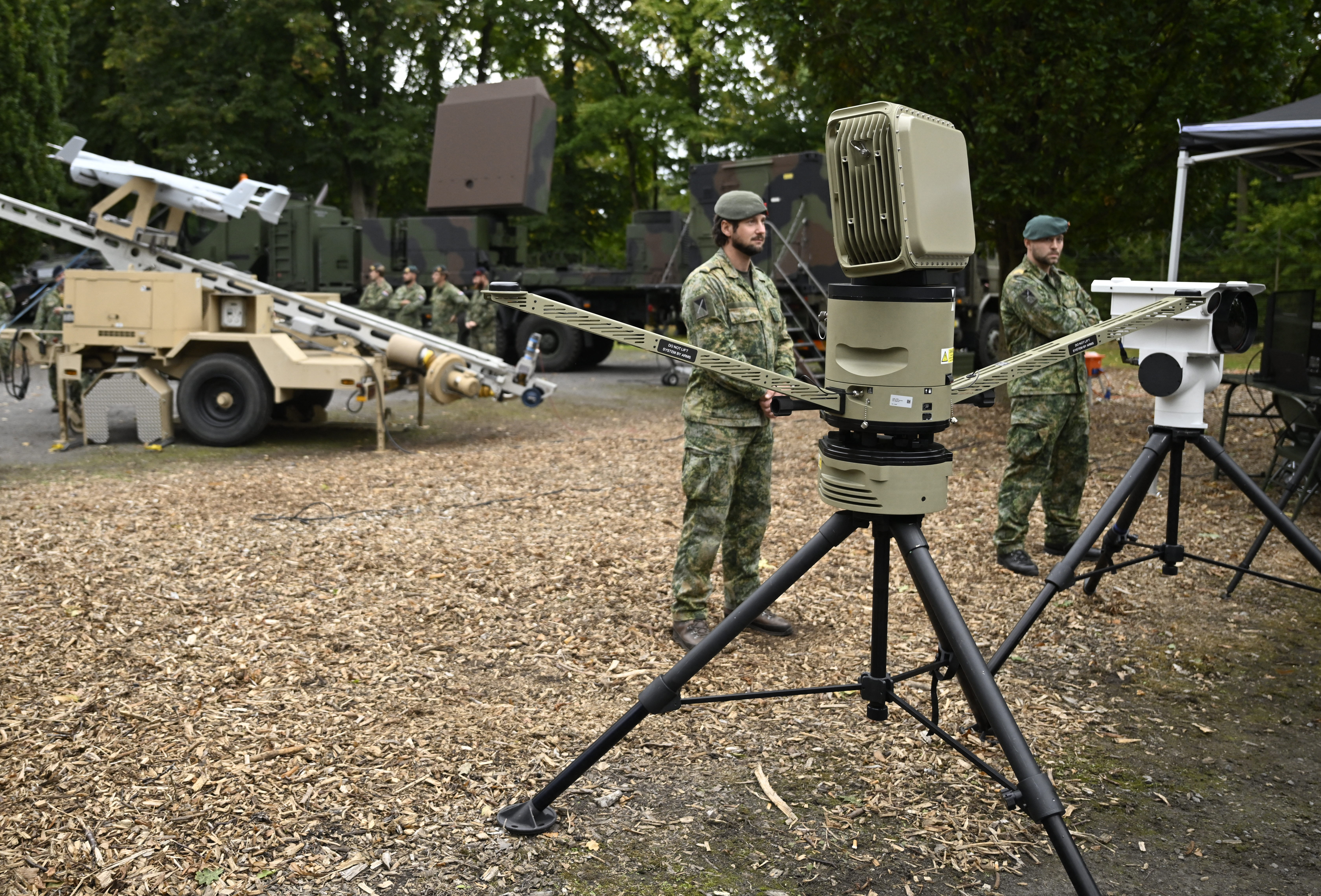
Lawmakers and Space Force officials alike are preparing for long-term changes to how the Pentagon manages space launches amid surging demand and aging infrastructure, recent legislation and strategy documents show.
Both the Senate and House armed services committees included provisions in their respective versions of the 2026 defense policy bill directing studies on the Space Force’s two main ranges at Cape Canaveral Space Force Station, Fla., and Vandenberg Space Force Base, Calif., as well as on the possibility of adopting new launch sites.
Meanwhile, USSF released a new document, the “Principles for Space Access Resourcing Decisions Annex,” that it says will guide its investments and allocations for launch. The annex states that the service is “committed to supporting the space access industry to the maximum extent practicable” but will prioritize national security-related launches when “needs exceed resources.”
Not too long ago, the Space Force’s two ranges hosted a few launches per year, mostly for government payloads. But the cadence of launches has exploded to accommodate the rise of reusable rockets, the growth of the commercial space industry, and company and government plans to build constellations of hundreds or thousands of satellites for missions like communications and surveillance.
The Space Force oversaw a record 144 launches from its ranges in 2024, including 93 from Florida and 51 from California. Officials expect that number to jump even higher in 2025: Vandenberg is slated to host more than 70 launches, and the Eastern Range, which includes NASA’s Kennedy Space Center, expects more than 150.
“We did a total of about 10 launches, and that was a lot,” Charles A. Galbreath, a retired Space Force colonel who now works as a senior fellow at AFA’s Mitchell Institute for Aerospace Studies, said of his time as Vandenberg’s deputy launch group commander from 2012 to 2014. “To think that there’s going to be 70-plus launches out of Vandenberg is just mind-blowing.”
The majority of these launches support commercial missions, not government ones; companies ranging from major players like SpaceX to smaller startups like Relativity Space already lease government-owned launch facilities or plan to do so. But Galbreath and the Space Force annex document argue that the service should retain control of the schedule for all launches so federal missions won’t be slowed by commercial ones.
“Are launch operations an inherently government or an inherently military function?” Galbreath said. “Not necessarily, but there will come a time when we’ve got to be able to say, ‘This is going to be the mission that flies, and this is the set of priorities, and this is when it has to go.’ And so if we completely get out of it, it may limit our ability to do that.”
Upgrades
Given the surge in launches, leaders have noted the need to upgrade the infrastructure at Vandenberg and Cape Canaveral, where decades of rocket launches and severe weather have taken their toll.
Congress recently provided the Space Force with $1.3 billion through 2028 for its “spaceport of the future” program, plus another $80 million for satellite data-processing services at Vandenberg. Work has already started on that initiative.
Lawmakers have not forgotten about the effort—the House Armed Services Committee included language in its 2026 draft policy bill requiring the Department of the Air Force to report back on the program each year through 2031, including a full list of projects and an estimate of any additional funds needed. Such improvements could include processing facilities, storage facilities, and improved utilities to support more launches per year.
The Space Force, for its part, indicated in its annex document that it will look to companies to bear some of the cost of maintaining an in-demand launch enterprise.
“The demand for operational support and infrastructure sustainment and modernization exceeds USSF resources,” the document states. “Therefore, the USSF transparently engages with stakeholders to arrange equitable cost-sharing of multi-use resources and balanced input on public/private infrastructure investment.”
New Sites
While upgrades to existing launch facilities have started, they may not be enough to accommodate the surging demand that is expected to keep growing in the years ahead.
The Space Force, in its annex document, notes that “demand for launch complexes at Cape Canaveral Space Force Station and Vandenberg Space Force Base could exceed availability.”
Similarly, the House Armed Services Committee wrote in language accompanying its defense policy bill that it is “aware that the increased launch cadence may overstress current range infrastructure that is unique and restricted by geography due to hazard areas, overflight, and target orbital locations.”
To address the issue, the House panel is interested in having the Pentagon launch from state-owned locations, specifically citing facilities at Wallops Island, Va., and Kodiak Island, Alaska. Its bill includes reporting language asking for the Secretary of the Air Force to provide a briefing with “information regarding state-owned and -operated spaceports that support, or can support, national security space missions.”
Galbreath also supports diversifying the number of sites, and not just to increase the rate at which each can churn out launches.
“From a resilience perspective, having additional launch sites, I think, is going to become critically important,” he said.
In a research paper published last October, he cited natural disasters or enemy attack as risks that could significantly impact operations at Vandenberg or Cape Canaveral—risks that the Space Force acknowledges as well.
“Launch sites are not sanctuaries from adversary threats,” the service wrote in its resourcing decisions document.
Galbreath said he supports a “both/and” approach to launch—upgrading existing facilities and infrastructure while investing in new sites. It’s an approach the Senate Armed Services Committee endorsed in its 2026 defense policy bill while directing the Space Force to conduct a “comprehensive” study of launch.
“As national security space launch demand continues to increase, driven by both defense and commercial sector growth, the committee believes it is critical to ensure that existing sites, including Cape Canaveral Space Force Station and Vandenberg Space Force Base, remain capable, efficient, and resilient,” it wrote in a report accompanying the bill. “The committee also supports the consideration of alternate or complementary launch locations that could enhance strategic flexibility, reduce congestion, and support future mission requirements.”
The post Space Force, Congress Look to Address Growing Crunch on Launch Facilities appeared first on Air & Space Forces Magazine.

Space, 2026 NDAA, Cape Canaveral Space Force Station, commercial space, launch facilities, launch industry, military space, space launch, Vandenberg Space Force Base
Air & Space Forces Magazine
[crypto-donation-box type=”tabular” show-coin=”all”]












